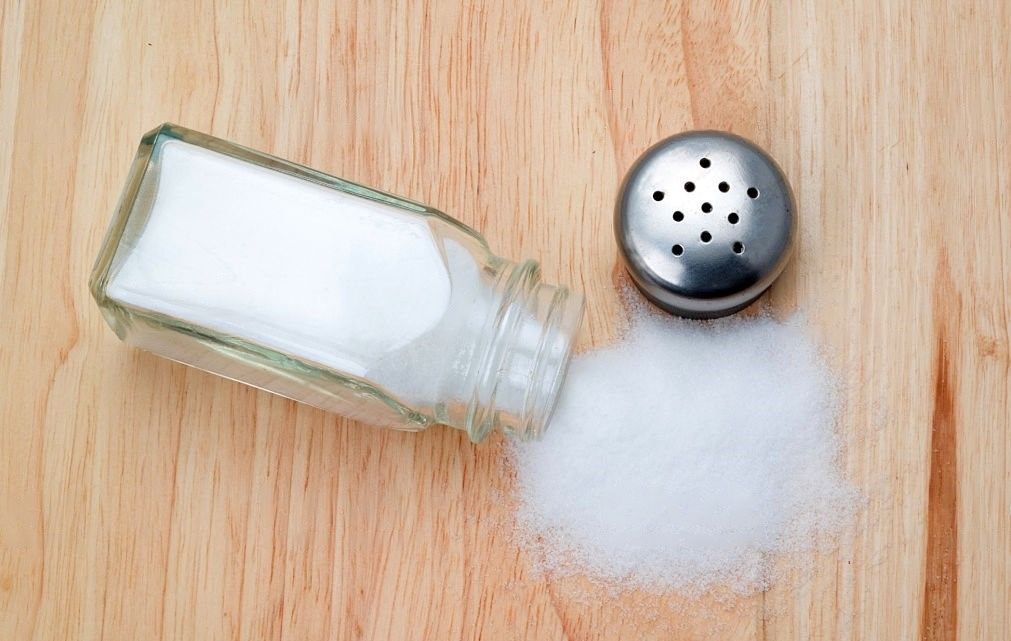Hidden Sources of Sodium in Your Diet: How to Avoid Excess Salt for Better Health
Taking proactive measures for better health involves reducing sodium intake. By doing so, we can effectively manage blood pressure, lower the risk of heart disease and stroke, and enhance overall well-being.

Salt, or sodium chloride, is a common ingredient used to enhance the flavor of food. While a moderate amount of sodium is necessary for our bodies to function properly, excessive consumption can have detrimental effects on our health. Many people are aware of the importance of reducing salt intake, but they may not be aware of the hidden sources of sodium in their diets. In this article, we will explore the scientific research surrounding hidden sources of sodium, the health risks associated with excessive sodium intake, and provide practical tips on how to reduce sodium in your diet for better overall health.
1.The Impact of Excess Sodium on Health
Excessive sodium intake has been linked to various health problems, including high blood pressure, heart disease, stroke, and kidney disease. The World Health Organization (WHO) recommends limiting daily sodium intake to less than 2,000 mg (about 5 grams of salt). However, studies indicate that the average daily sodium intake in many countries far exceeds this recommendation.
High sodium intake can lead to increased water retention, which puts a strain on the cardiovascular system and contributes to hypertension. The American Heart Association states that reducing sodium intake can help lower blood pressure and decrease the risk of heart disease.
2. Hidden Sources of Sodium in the Diet
1.Processed and Packaged Foods: One of the primary sources of hidden sodium in the diet is processed and packaged foods. These include items like canned soups, processed meats (such as bacon and sausages), frozen meals, chips, and snacks. These foods often contain added salt for flavor and preservation.
2. Condiments and Sauces: Condiments and sauces, such as ketchup, soy sauce, salad dressings, and barbecue sauce, can be surprisingly high in sodium. These small additions to meals can quickly contribute to overall sodium intake.
3. Restaurant and Takeout Foods: Dining out or ordering takeout can be convenient, but it often means consuming meals with high sodium content. Restaurant meals are typically prepared with added salt and may contain hidden sodium in sauces, gravies, and dressings.
Tips for Reducing Sodium Intake
1.Read Food Labels: Start by checking the labels of packaged and processed foods for their sodium content. Look for products labeled as "low-sodium" or "no added salt." Be mindful of the serving size and calculate the total sodium intake accordingly.
2. Cook at Home: Cooking meals from scratch allows you to have full control over the ingredients and sodium content. Use herbs, spices, and other flavor enhancers to replace salt in your recipes. Experiment with different seasonings to add depth and taste to your dishes.
3. Choose Fresh Foods: Opt for fresh fruits, vegetables, and whole grains, which are naturally low in sodium. Incorporate these foods into your meals to boost their nutritional value and reduce sodium intake.
4. Limit Processed Meats and Cheese: Processed meats, such as deli meats and sausages, are often high in sodium. Choose fresh alternatives like lean meats, poultry, or fish. Similarly, select lower-sodium cheese options or consider reducing cheese intake altogether.
5. Be Mindful of Condiments and Sauces: Use condiments and sauces sparingly, or choose low-sodium alternatives. Make your own dressings and sauces using herbs, lemon juice, or vinegar for flavor.
6. Request Low-Sodium Options: When dining out or ordering takeout, request dishes with no added salt or ask for dressings and sauces on the side. Customizing your meal can significantly reduce sodium intake.
SUMMARY
Excessive sodium intake poses health risks, and it's important to be aware of the hidden sources of sodium in our diets. Processed and packaged foods, condiments and sauces, and restaurant and takeout meals are common culprits. By reading food labels, cooking at home using fresh ingredients, and being mindful of condiments and sauces, we can effectively reduce our sodium intake.
Reducing sodium in our diets is a proactive step towards better health. By lowering our sodium intake, we can help manage blood pressure, reduce the risk of heart disease and stroke, and promote overall well-being. Making conscious choices and being aware of hidden sources of sodium will empower us to take control of our health and make positive changes in our daily eating habits.
Jayti Shah is a Clinical Nutritionist with a master's degree in Clinical Nutrition and Dietetics. She is a member of the Indian Dietetic Association (IDA). Over the last 9 years, she has helped 400 clients in their clinical and weight loss journeys. She works with SocialBoat as a nutrition consultant.
At SocialBoat, we offer custom diet plans and guided workouts to help you achieve your goals in a 360-degree approach. Our gamified experience ensures that you don’t find workouts boring and we reward you for being consistent with your efforts.

REFERENCES
- World Health Organization. (2012). Guideline: Sodium intake for adults and children. Retrieved from https://www.who.int/publications/i/item/9789241504836
- American Heart Association. (n.d.). Lowering your blood pressure with DASH. Retrieved from https://www.heart.org/en/health-topics/high-blood-pressure/the-american-heart-association-diet-and-lifestyle-recommendations/dash-diet
- Mattes, R. D., & Donnelly, D. (1991). Relative contributions of dietary sodium sources. Journal of the American College of Nutrition, 10(4), 383-393.
- Leroy, F., et al. (2015). Sources and determinants of sodium consumption in the elderly population of Brittany, France. The Journal of Nutrition, Health & Aging, 19(8), 878-883.
- Yang, Q., et al. (2012). Sodium intake and blood pressure among US children and adolescents. Pediatrics, 130(4), 611-619.
- Centers for Disease Control and Prevention. (2016). Sodium intake among US adults—2013-2014. Retrieved from https://www.cdc.gov/nchs/products/databriefs/db289.htm
- Zhen, D., et al. (2013). Review of evidence on sugar-sweetened beverages and body weight outcomes: Implications for US public health policy. Milbank Quarterly, 91(3), 496-534.
- Centers for Disease Control and Prevention. (2019). Get the facts: Sodium and the dietary guidelines. Retrieved from https://www.cdc.gov/salt/pdfs/sodium_dietary_guidelines.pdf
